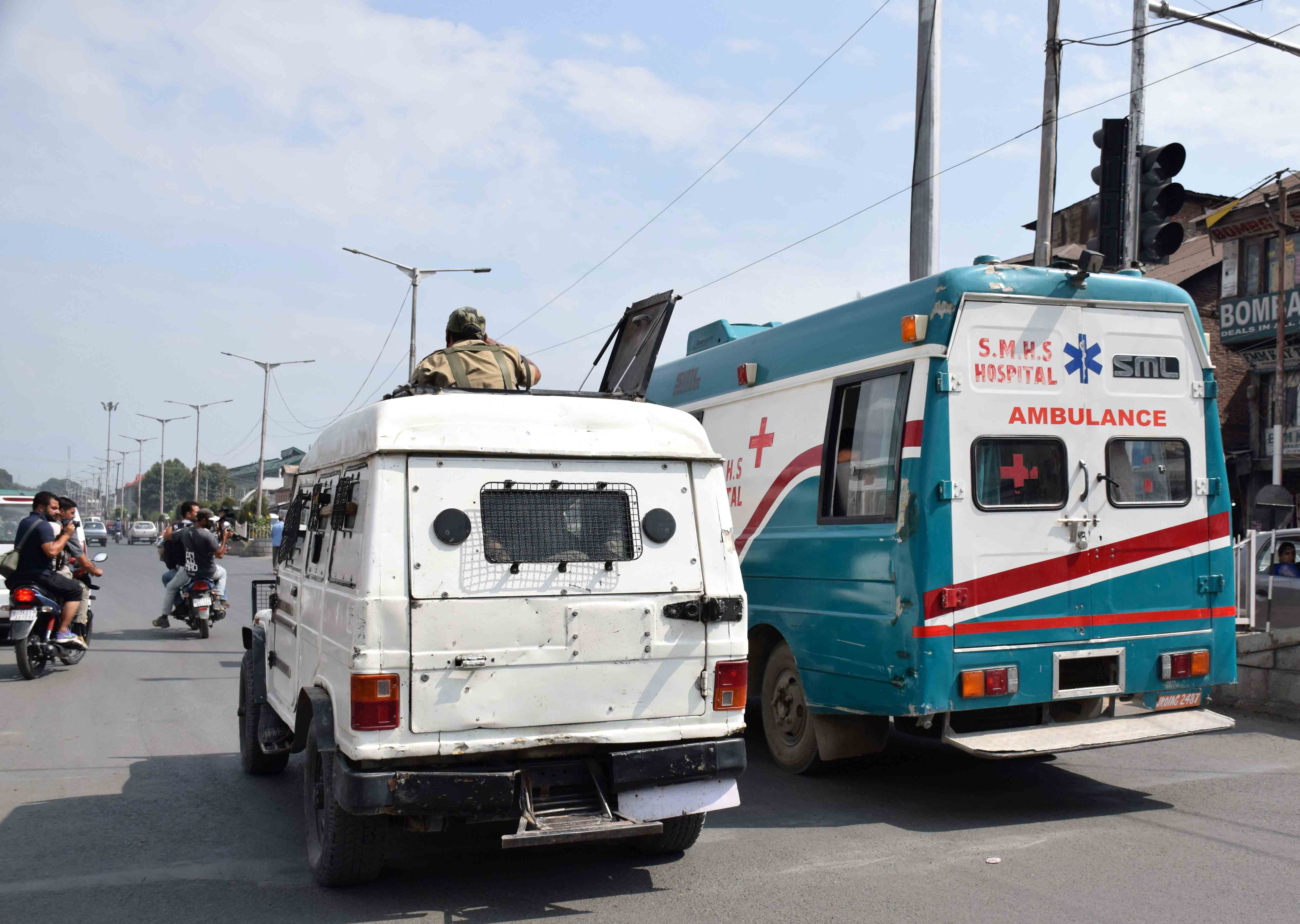SRINAGAR: A study conducted on the Quality of Care for Prostate Cancer in Kashmir has unveiled significant gaps in healthcare delivery, including diagnosis and treatment, despite the crucial importance of quality care for prostate cancer patients.
The study aimed to evaluate the quality of care (QoC) by analysing retrospective data from prostate cancer patients. The retrospective study covered prostate cancer patients registered at a dedicated cancer care center in the Kashmir region from 2012 to 2020.
The study identified a set of 15 quality indicators that encompassed essential aspects of diagnosis, pathology, and treatment. These indicators were compiled from a comprehensive list developed and validated by previous researchers.
The study highlighted non-compliance with several QoC indicators at both the diagnostic and therapeutic stages. However, the study emphasised the need for large-scale, population-based studies to establish prostate cancer QoC compliance in Kashmir.
“The final analysis encompassed 46 patients with a median age of 70 years (52-92 years). The majority of diagnoses (89.1 percent) were based on prostatic biopsies, while a mere five patients received a diagnosis solely through prostate-specific antigen tests. Among the patients, 84.8 percent underwent biopsies guided by transrectal ultrasound (TRUS) or transurethral resection (TURP), with Gleason grading recorded in 87.5 percent of cases. Nonetheless, only 25.7 percent of patients had the number of positive cores mentioned. Radical prostatectomy was the primary treatment for the majority of patients with localized prostate cancer (58.3 percent). Metastatic prostate cancer patients primarily received orchidectomy (55 percent) due to its accessibility and cost-effectiveness,” the study stated.
Out of the 46 patients, 29 (63 percent) had available family history records, with 11 of them (37.9 percent) having a positive family history of cancer. However, the specific family history related to prostate cancer was not documented. Digital rectal examinations (DRE) were performed on five patients (10.8 percent), while all 46 patients underwent prostate-specific antigen (PSA) level assessments. Nevertheless, only five patients (10.8 percent) received a PC diagnosis solely based on elevated PSA levels.
Biopsy-based diagnoses were established for 91.3 percent of patients (42/46), including two patients (4.3 percent) with biopsy samples collected from unspecified sites. Among the patients, 76.1 percent (35/46) underwent transrectal ultrasound (TRUS)-guided biopsies, and 10.9 percent (5/46) underwent transurethral resection (TURP).
Regarding the pathological type of prostate cancer, data were available for 42 patients, with four patients lacking information on cancer type. The majority exhibited conventional adenocarcinoma (71.7 percent) as the histopathological type. The World Health Organization’s (WHO) definition led to the inclusion of histological features in the pathology reports of only five patients (12.5 percent), while Gleason grading was applied to 87.5 percent of patients.
“Out of the 35 patients who underwent TRUS-guided biopsies, 14 (40 percent) had documented core numbers, and nine (25.7 percent) had mentioned positive core counts. None of the TURP patients had information on the proportion of tissue involved,” the study further explained.
The study identified localized prostatic cancer in 12 patients (28.6 percent). Of these, four patients (9.5 percent) underwent radical prostatectomy, three (7.1 percent) received androgen deprivation therapy (ADT), two (4.7 percent) underwent radiotherapy (RT) + ADT, and one (2.4 percent) received radical prostatectomy + hormone therapy (HT). Two patients (4.7 percent) with localized PC opted for active surveillance without further treatment.
Out of 42 patients, 30 (76.2 percent) exhibited de novo metastatic disease, with six out of 12 patients (50 percent) initially diagnosed with localized disease later developing metastases. Only 10 out of 36 metastatic patients (27.7 percent) underwent complete staging before treatment initiation. Prostate-specific membrane antigen (PSMA) scans were conducted on five patients (11.9 percent), and microsatellite instability status was checked in one patient (2.4 percent), with germline testing for the breast cancer gene (BRCA) carried out in another patient (2.4 percent).
Metastasis treatment included bilateral orchidectomy for 21 patients (58.3 percent), hormone therapy (HT) for three patients (8.3 percent), and luteinizing hormone-releasing hormone (LHRH) agonist therapy for nine patients (25 percent). A small number of patients received abiraterone, docetaxel, enzalutamide, and combinations thereof.
The study also revealed inadequate bone health assessment and interventions. A limited number of patients underwent dual x-ray absorptiometry (DEXA) scans, with few receiving proper bone health interventions.
It is noteworthy that this retrospective study selected prostate cancer patients from hospital databases. Eligible patients were men diagnosed with prostate cancer from 2012 to 2020, registered at the Hakim Sanaullah Specialist Hospital and Cancer Center (HSSHCC), Sopore, Kashmir, or its satellite center, Dr Shad Salim’s Oncology Center in Srinagar, Kashmir, India. Patients receiving follow-up or palliative care at these centers had initially sought treatment elsewhere. Prior clinical contacts, admission details, investigations, and interventions were required upon registration at HSS HCC or the satellite center.
The Institutional Ethics Committee of the hospital approved this retrospective study (Approval No. IEC/2021-02/21.7.21), with waived patient consent due to the retrospective nature of the chart review and the anonymisation of patient data.















